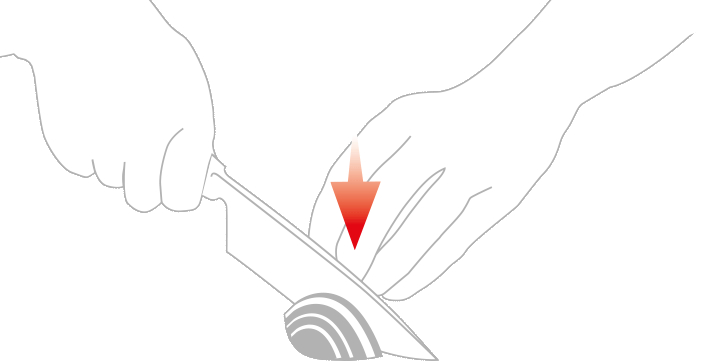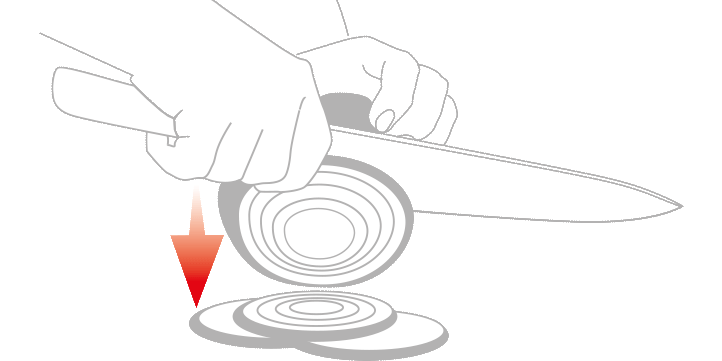 Proper Cutting Technique
Proper Cutting Technique
Proper Cutting Technique
It’s really impressive what professional chefs do with their knives: Cut, cut, chop, chop and the onion has already been finely diced and the meat sliced into thin strips. It’s all a matter of practice, because you need to learn how to cut properly.
Safety
To make things easier for yourself, always work with sharp knives. You will require less force and minimize the risk of the knife slipping. Also ensure that food which needs to be cut fine is well prepared and in a stable position. Unsteady food is always dangerous to cut.






